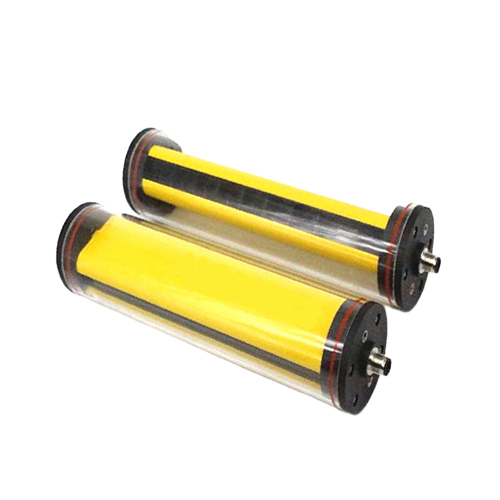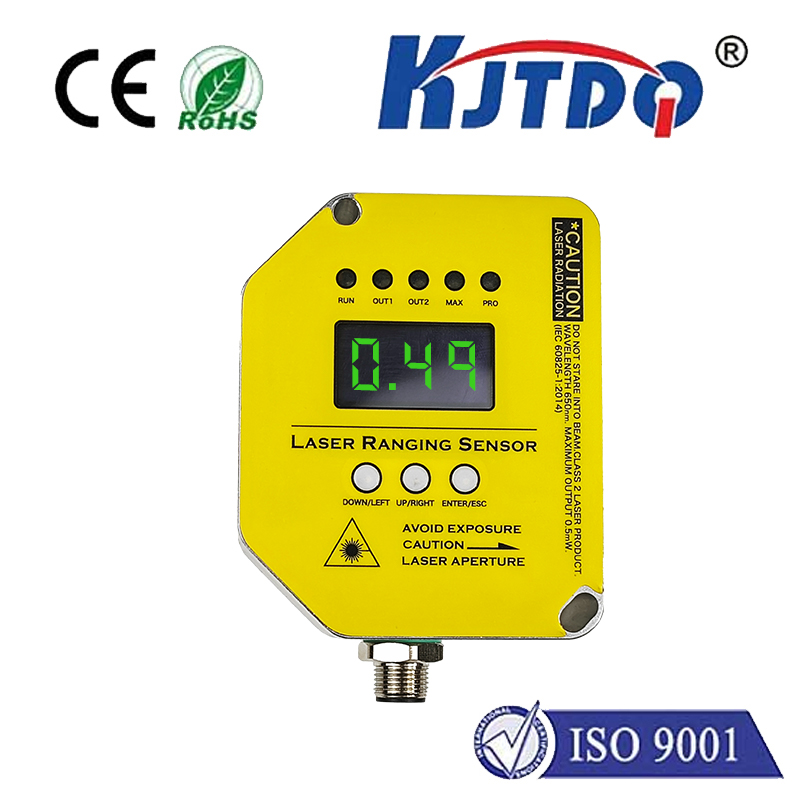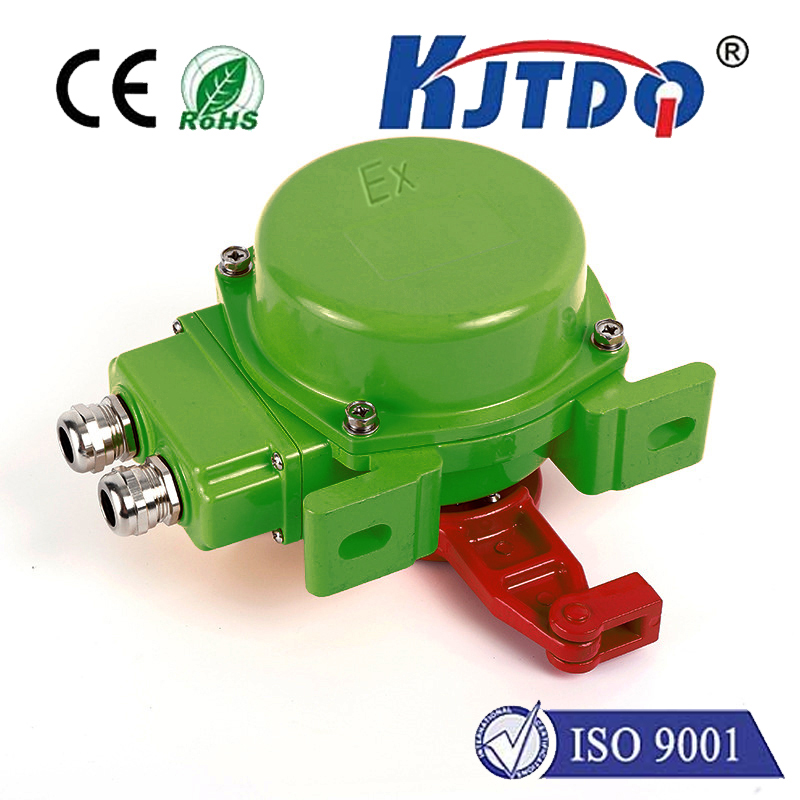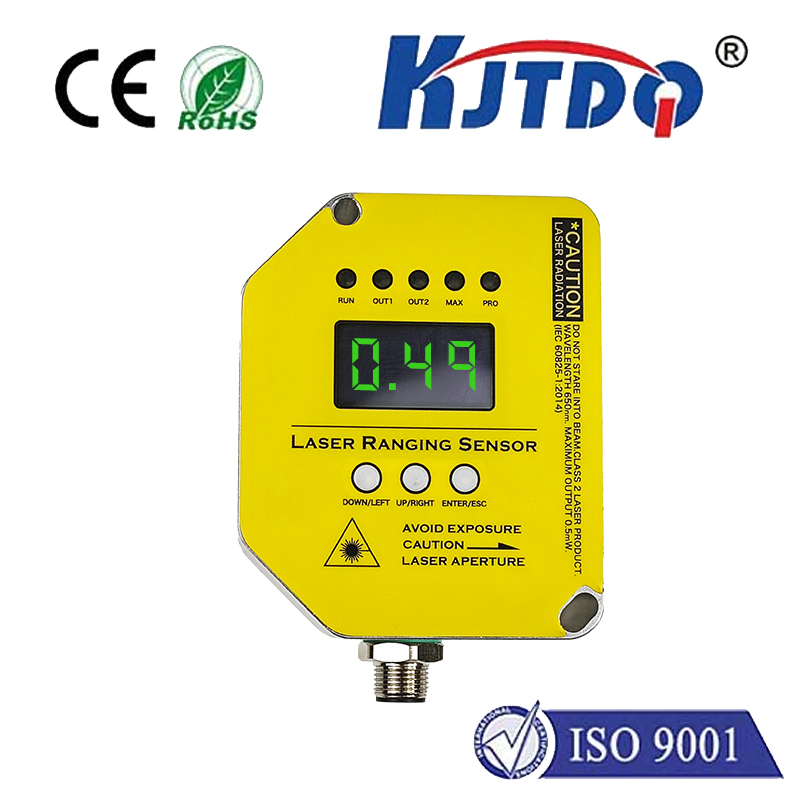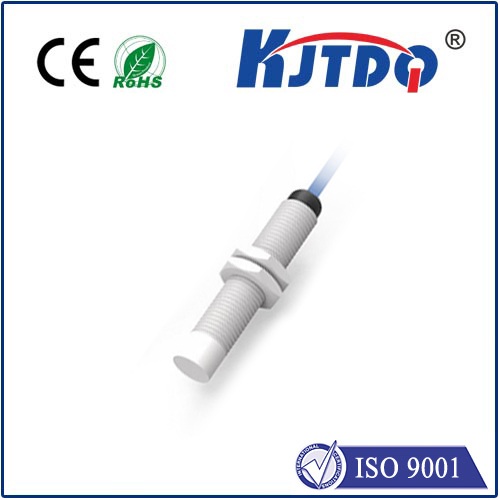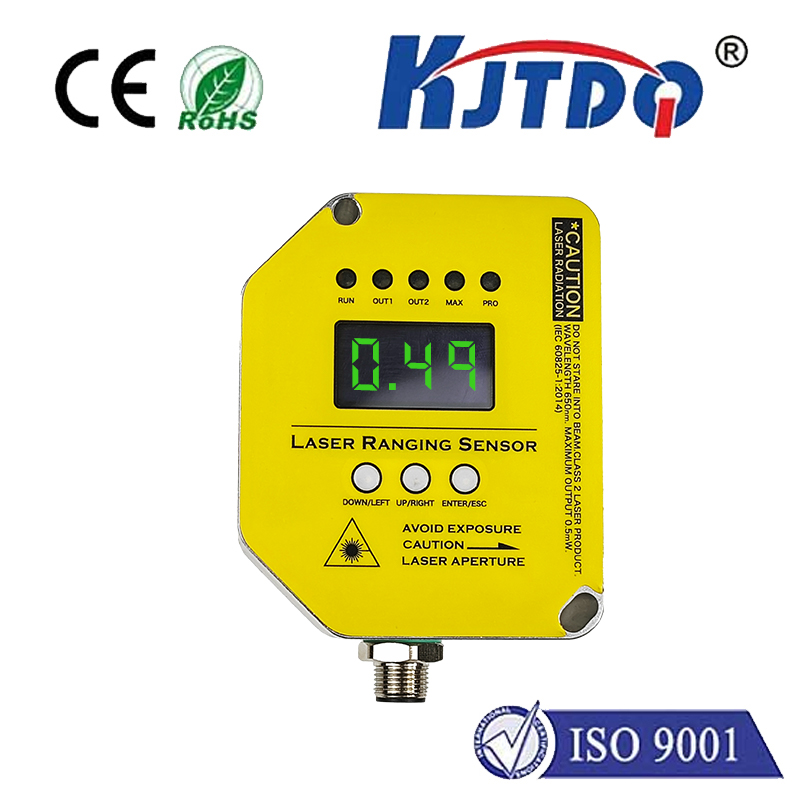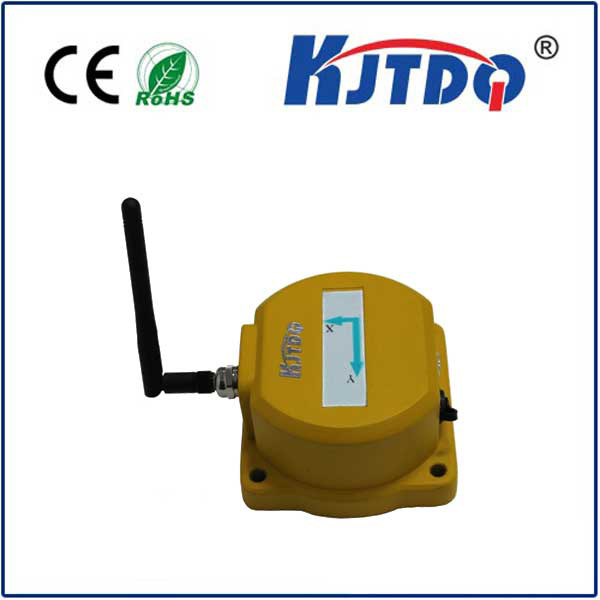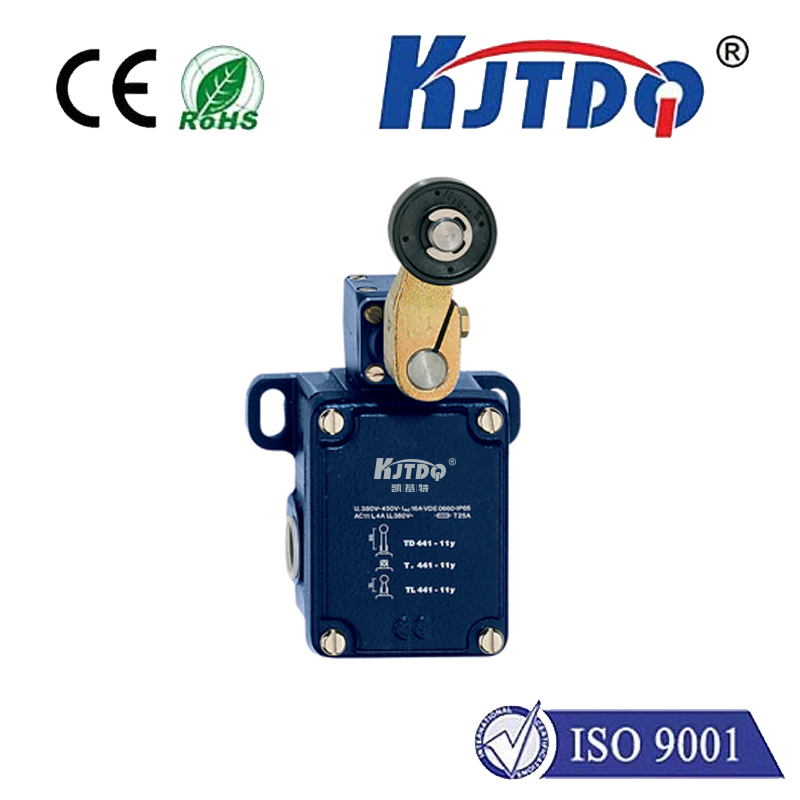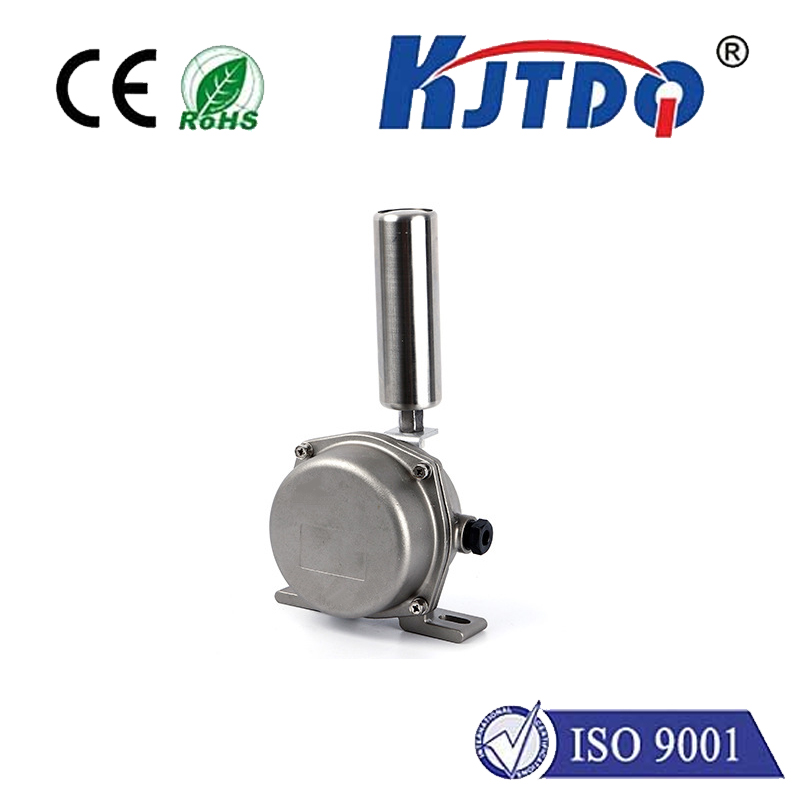

check

check

check

check

check

check

check

check

check

check
Title: The Versatile LDR: A Key Component in Light-Sensitive Technologies
The Light Dependent Resistor, or LDR, is an intriguing semiconductor device whose resistance varies with the intensity of the incident light. This unique characteristic makes it a cornerstone in photosensitive applications, offering a dynamic response to changes in light levels.
At the heart of the LDR's functionality lies its capacity to adjust its electrical resistance according to the brightness of the environment it's exposed to. In low light conditions, the LDR exhibits a high resistance, effectively restricting the flow of electricity. Conversely, under increased illumination, the LDR's resistance decreases, allowing more current to pass through. This principle is known as the photoconductive effect, a testament to the device's ability to convert light signals into electrical ones.

The operational mechanism of an LDR can be likened to a dimmer switch for electricity, where light acts as the controller of current flow. The sensitivity of an LDR to light is non-linear; small changes in light intensity can result in significant resistance changes, making the device remarkably responsive. This characteristic is put to good use in automatic lighting systems, such as streetlights that switch on at dusk and off at dawn, demonstrating the practical application of this component.
In modern electronics, LDRs are integral to a wide array of devices, from cameras that adjust exposure based on ambient light to advanced sensors that can detect subtle shifts in daylight. Additionally, they are used in solar lighting systems, where they help manage energy consumption by modulating the operation of the system according to sunlight availability.
Enthusiasts and inventors also find the LDR to be an invaluable tool due to its simplicity and adaptability. It can be seamlessly integrated into DIY projects, such as creating an interactive night light or a light-controlled audio volume regulator. These projects capitalize on the LDR's capability to translate environmental changes into creative, useful outcomes.
Moreover, the LDR's role extends into the educational sector where it serves as a tangible example of how physics principles operate in the real world. Students can experiment with LDRs to understand Ohm's law under varying conditions and explore the nature of light-electricity interaction, deepening their appreciation for the technology surrounding them.
In conclusion, the LDR is much more than a simple electronic part; it is a gateway to understanding and utilizing the complex relationship between light and electricity. Its potential applications are vast and varied, limited only by one's imagination and creativity. As we move forward in an increasingly light-sensitive technological landscape, the LDR's significance shows no signs of diminishing. Instead, it continues to illuminate pathways to innovation and discovery, proving itself as a torchbearer for future technological advancements.
